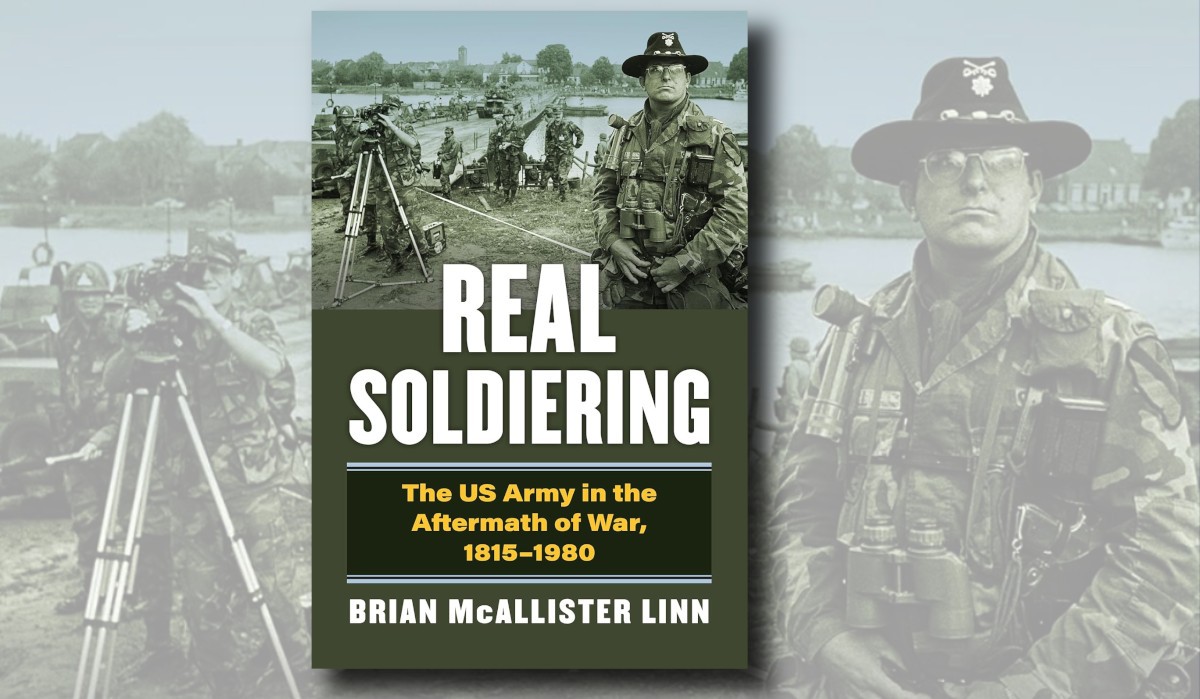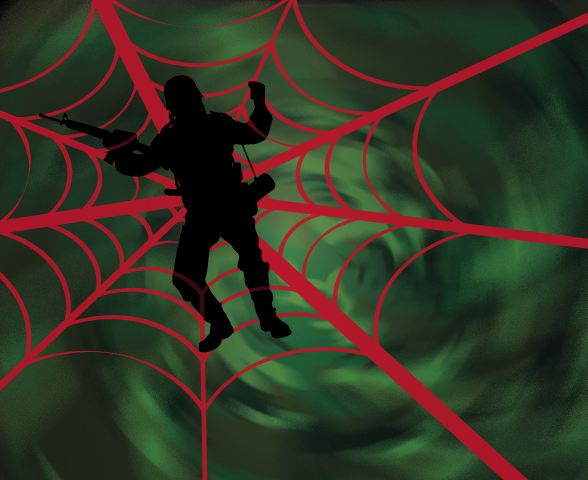We are the guns, and your masters! Saw ye our flashes ?
Heard ye the scream of our shells in the night, and the shuddering crashes ?
Saw ye our work by the roadside, the shrouded things lying,
Moaning to God that He made them — the maimed and the dying ?
Husbands or sons, Fathers or lovers, we break them. We are the guns!’ [1]
"The voice of the guns" by Gilbert Frankau
Gilbert Frankau wrote the Voice of the Guns in 1916. His poem describes the physical and psychological dominance of artillery in the First World War, 600 years since the first cannon were fired. The Wright brothers flew heavier than air craft in 1903. In 1912 the air arms of the German, French and British Armies mounted weapons to aircraft. By the Spanish civil war in 1937, air forces offered a method to destroy land and sea forces, industry and infrastructure, and influence civilian populations beyond the immediate area of land force operations. In time air forces were complimented with radar directed air defence systems, civil defence forces, missiles and guided weapons technology. The voice of the guns, rising in volume for 600 years, driven to crescendo in the First World War by the industrial revolution, was relegated to background noise by the pace and reach of military aviation development.
Cyber power, the ability to do something strategically useful in cyberspace, is now the same age as airpower was in 1918.[1][2] Like the air domain, cyberspace offers a medium through which to attack military forces, national infrastructure, and influence populations without the logistic and political factors inherent in the land domain. Exactly how the air and cyber domains are exploited for these purposes is determined more by technology than concepts or policy.[3] Because of these similarities between air and cyber domains, the study of the development of air power and its relationship with land power, offers insight into the possibilities for cyber power. In particular the Luftwaffe is a neatly packaged example of a program of work to amicably separate the land and air domains and create a new service. The Army Officer’s primary interest in this study is not in the new domain, but the “so what?” for the land domain.
On 1 December 1919, General Von Seekct, the then Chief of German Staff, established 57 committees to study World War One tactics, doctrine and regulations.[4] Subsequently more committees were formed, 27 specifically oriented on air operations.[5] In 1924 the air section of the German Army staff conducted war-games to examine the air warfare implications of a conflict between Germany and France. They found that the principles of land operations; surprise, cooperation and concentration of force, to name a few, were equally relevant in the air domain and formed the basis of air power doctrine. An aviation inspectorate, described as a “shadow Luftwaffe” by Corum was formed in 1929 and was responsible for the development air capability.[6] The shadow Luftwaffe was also responsible for the defence of national infrastructure from air attack and response to the consequences of such air attacks. The balance between defensive and offensive air capabilities was one of the most fundamental considerations of the Luftwaffe.[7] Again, like cyber, development of air capability was supported and in many cases led through the civilian aviation industry.
During this same period, the German Army focused defending against enemy airpower through camouflage, deception and ground based air defence. The use of effects from the air domain and the need for liaison with air forces also played a prominent role in exercises and war games. The General staff course included an air module and Divisions conducted an annual air study activity.[8] Army Officers also transferred to the Luftwaffe. These officers either had some experience of Army aviation or anti-aircraft capability, and others, such as Colonel Walter Weber were talented leaders who would have reached the highest ranks of the Wehrmacht. Those officers without aviation backgrounds undertook short courses in air operations or qualified as pilots.
Following this brief outline of the creation of an air service a reasonable estimate of land and cyber tasks can be made by replacing the term “air” with “cyber.” Therefore, it is reasonable to expect that Cyber forces will deliver pan domain lethal effects or influence and directly target civilian infrastructure and populations. Cyber forces will also coordinate with civil agencies for defence of national infrastructure and the civilian population. Army should be responsible for the coordination of cyber effects against the military forces of an adversary within a land area of operations and active and passive point cyber defence of land equipment and personnel. Army must commit experienced and capable officers to the cyber force.
Army must also articulate what a general service Army Officer or Senior Non Commissioned Officer must know about the cyber domain and validate this through courses, exercises and war-games. An Army officer must understand cyber terms, context, geography, weapons effects, and challenges. A clear understanding of terminology allows for an accurate discussion of effects with cyber domain officers; at present conflation and confusion exists between terms; cyber, information warfare, electronic warfare, cyberspace etc. Second, Army officers must understand cyber power in context; cyber power is no more a silver bullet than nuclear power, air power or any other power; it works as a team player to produce net strategic effect.[9] Third, Army officers must know that the cyber domain is not invisible, it has a geography and a physical existence that is vulnerable to weapons effects from other domains. Four, like any weapon, cyber weapons have characteristics, if Army officers are to defend against these they should understand them. Five, Army Officers must understand the challenges at the land and cyber domain interfaces. Enclosure 1 illuminates these topics in more detail and could form the basis of a cyber module for Army career courses.
In conclusion, the creation of the Luftwaffe between the two world wars is a good example of a deliberate domain separation and should be studied. Army will play an important role in creating a cyber force and must also become “cyber minded” in the planning and conduct of land operations.
To download a PDF of the above image, click here.
[1] Colin S. Gray, “Making Strategic Sense of Cyberpower: Why the Sky Is Not Falling” (Wokingham, Berkshire, UK: September 2012), 9.
[2] Korea’s Cyber War Vortex: Seminar by Professor Greg Austin, youtube, uploaded 17 May 2017
A list of cyber applications that did not exist in 2003 Facebook is a useful reminder of the domains youth: YouTube,Twitter,iPhone, iPad, Kindle, Android, Uber, Airbnb,Spotify, Square,Instagram
Snapchat, Pinterest, WhatsApp
[3] Gray, “Making Strategic Sense of Cyberpower”, 24.
[4] Corum, James S. The Luftwaffe: Creating the Operational Air War, 1918-1940 (Lawrence, KS: The University Press of Kansas, 1997), 57.
[5] Ibid, 58.
[6] Ibib, 101.
[7] Ibib, 100.
[8] Ibib, 108
[9] Gray, Colin S. Another Bloody Century: Future Warfare. London: Phoenix, 2006.




